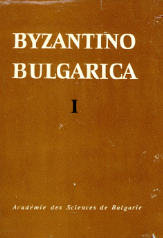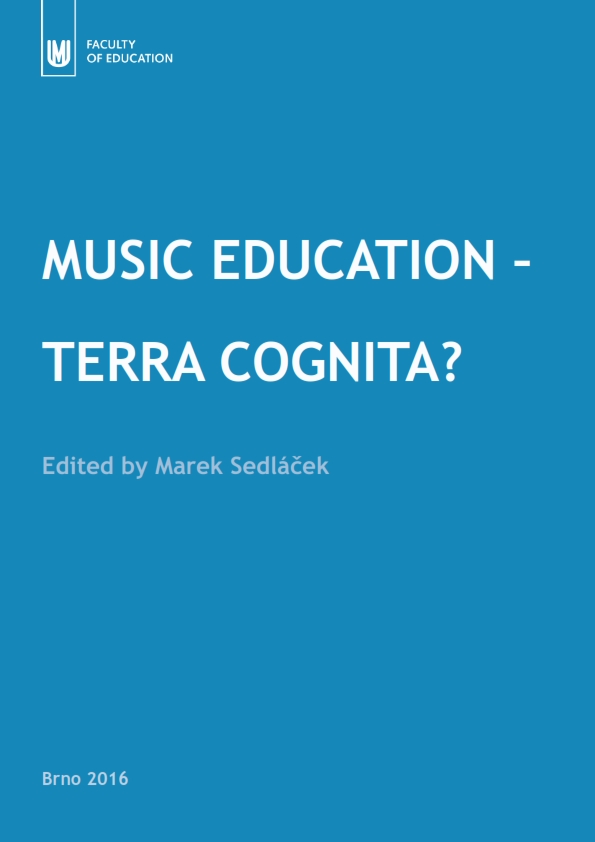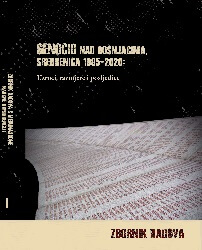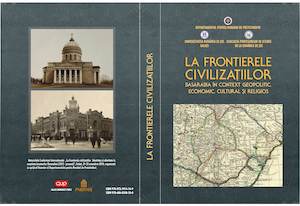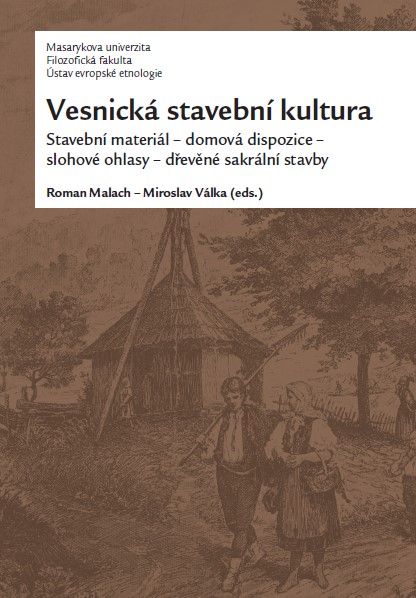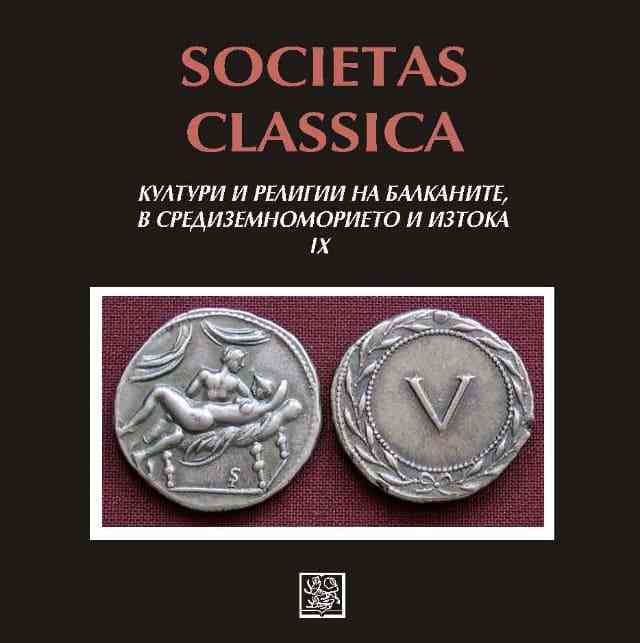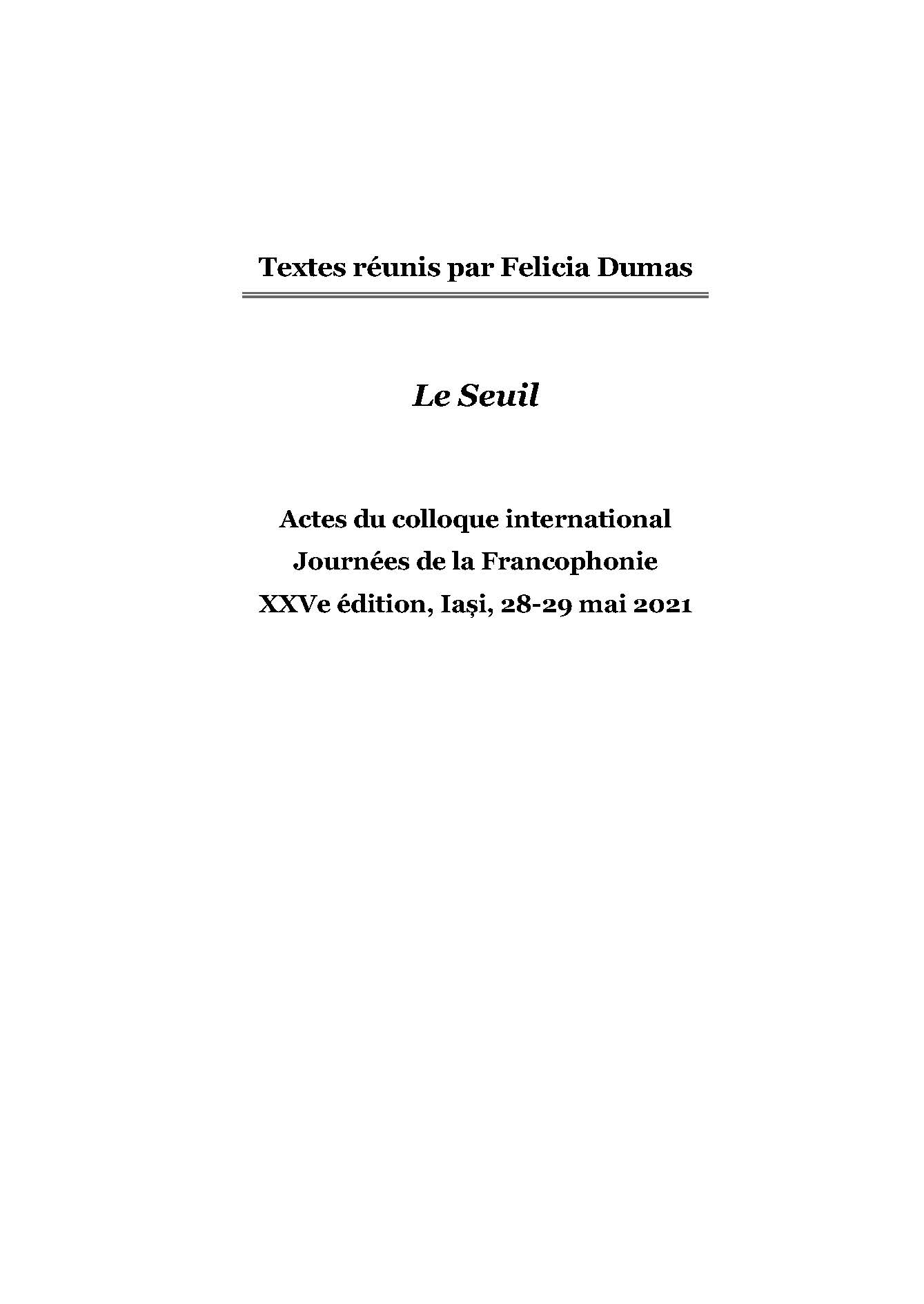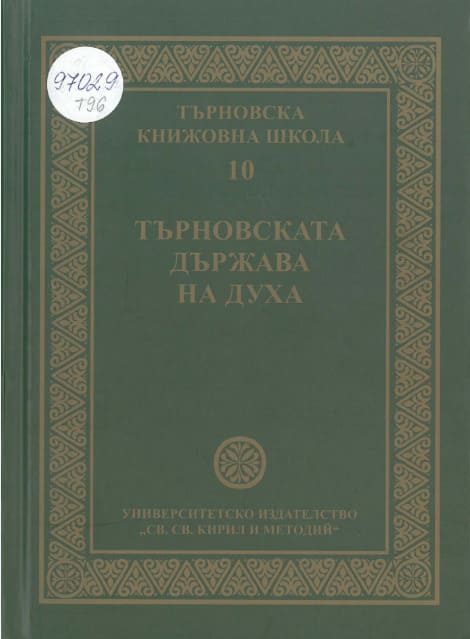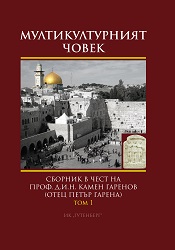
Приносът на генерал Георги Взов за историческата география и мемоаристиката
This paper is a historiographical analysis of Gen. Georgi Vazov's memoire-cum-travellogue titled 'In the Deserts of Central Asia'. It pinpoints the exceedingly valuable information about the history, the ethnic and religious identity of the region and mainly the Russian colonial penetration in Central Asia, the geopolitical relations between the two powers dominant in the region - Russia and the British Empire, and the dynamics of the borders, among others. It also follows the untraditinal approach of the military campaigns as a civilizational phenomenon expanding the outlook and the historical truthfulness of the nation. Parallels are sought between the linguistic and religious identity of Turkmens, Kalmyks, and Tajiks with first-hand tales about the distant ancient land of Bulgarians. Last, but not least, it comments on the participation of the general in the construction of the Trans-Siberian Railway. In conclusion, the paper speaks of Gen. Vazov's contribution to the treasury of Bulgarian historical geography and memoiristics.
More...
